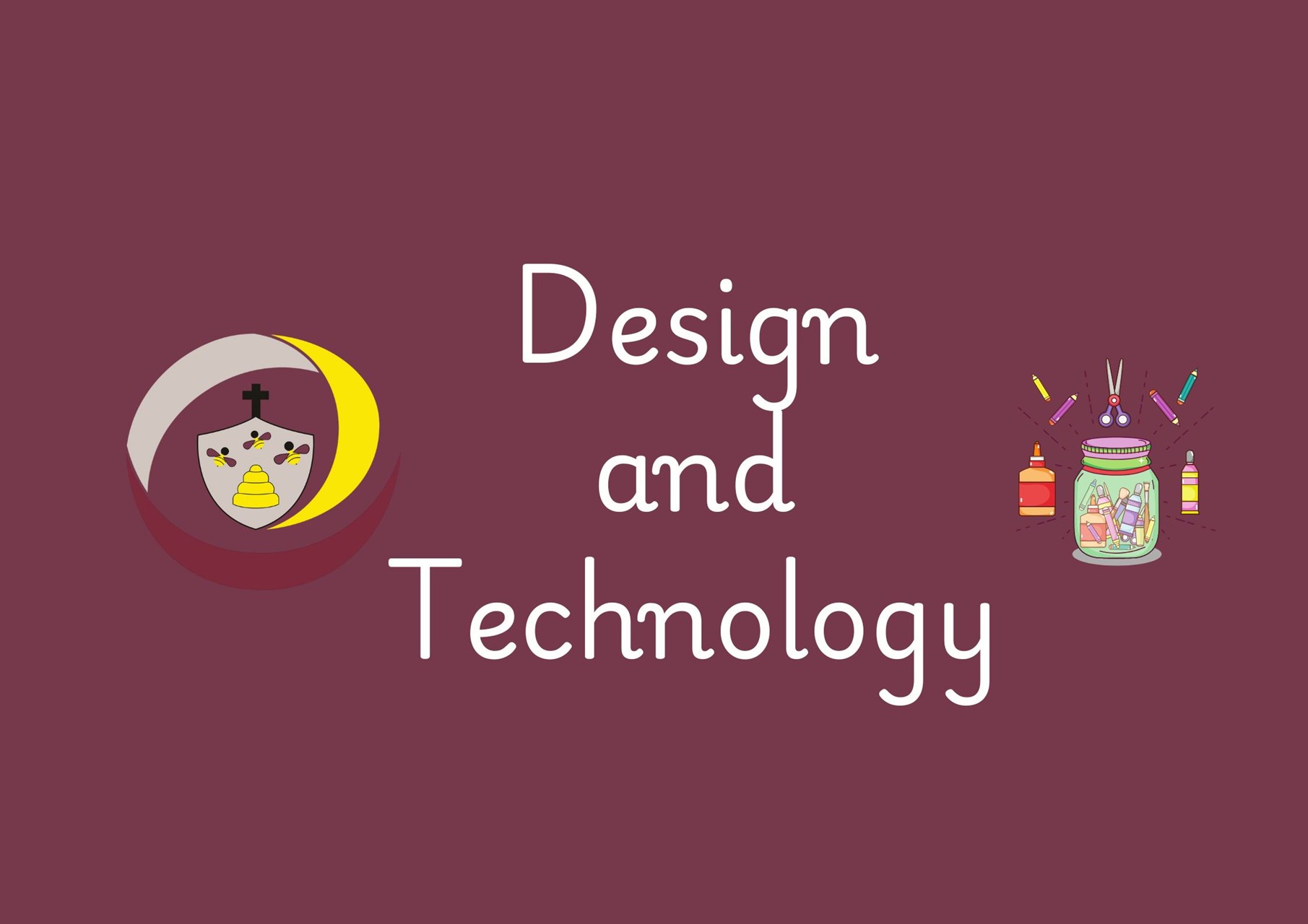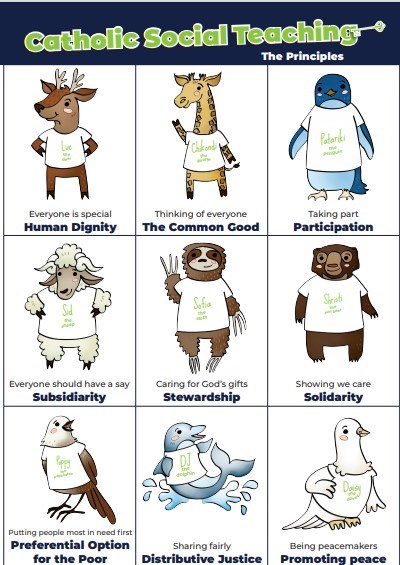Design and Technology

Design and Technology at St Ambrose: Inspiring Lifelong Designers and Technologists
At Saint Ambrose, we want our children to become creative thinkers who can design, make and evaluate purposeful products that solve real problems. Design and Technology encourages pupils to explore ideas, test solutions and develop practical skills that prepare them to be confident, innovative learners.
Intent, Implementation and Impact
At Saint Ambrose, we aim to inspire pupils to design, construct, reflect on and evaluate purposeful products that solve real-life problems. Children develop the knowledge, understanding and practical skills needed to fully engage in the design-and-make process. Through a progressive curriculum, pupils gain the confidence and capability to apply what they have learned in meaningful, everyday contexts.
Teachers use the National Curriculum as the foundation for planning high-quality, engaging lessons, supported by the KAPOW scheme of work and Emmaus curriculum. Design and Technology is taught discretely, while meaningful links are made with other subjects where appropriate to strengthen learning and relevance.
Planning is adapted and annotated to reflect effective teaching strategies, assessment for learning, and the needs of the class. Teachers adjust lessons to support and challenge SEND pupils and extend the more able. Prior learning is revisited regularly, both within and across units, to secure progression. Through whole-class teaching, group tasks and independent activities, pupils have opportunities to work collaboratively, listen to the ideas of others, and develop respect for different approaches and solutions.
In the Early Years, children explore Design and Technology through Expressive Arts, where they learn to use tools, materials and techniques purposefully to shape, assemble and join. They learn through hands-on experiences that allow them to put their ideas into action, discovering how materials behave and what they can achieve with them. Practitioners encourage critical thinking by prompting children to explore, observe, solve problems and explain their decisions. Creativity is nurtured through daily opportunities for designing, building and making within the indoor and outdoor environment, helping children learn about their world in meaningful ways.
Our Design and Technology curriculum enables pupils to develop interest and curiosity across key areas such as cooking and nutrition, mechanical and electrical systems, textiles, structures and digital design. Pupils learn to ask questions, investigate ideas, research solutions and apply practical skills with increasing independence and confidence. They develop competence in using a range of tools and materials safely, evaluating their own products, those of their peers and professional examples. As a result, children gain a strong understanding of technological processes and recognise the importance of design, innovation and manufacturing within society.
Behold, I have found only this, that God made men upright, but they have sought out many devices.
Ecclesiastes 7: 29

Curriculum
Catholic Social Teaching

Design and Technology at Saint Ambrose provides meaningful opportunities for pupils to explore and live out CAFOD’s Catholic Social Teaching principles. When researching, designing and making products, children learn the importance of dignity of the human person by considering who will use their creations and how these products can improve lives. Projects that focus on sustainability, reusable materials and environmental responsibility help pupils understand care for our common home, encouraging them to think carefully about waste, resources and the impact of design on God’s world.
Through designing for specific users, such as younger children, the elderly or people with particular needs, pupils learn about the option for the poor and vulnerable, recognising that thoughtful design can support fairness and inclusion. Working collaboratively on constructions and prototypes allows them to experience solidarity, seeing that teamwork and shared skills lead to stronger outcomes. When evaluating real-world products, children discuss issues such as ethical production, fair trade, and the global impact of manufacturing, helping them understand the common good and our responsibility to make choices that benefit others.
In this way, Design and Technology becomes a subject where creativity, problem-solving and faith come together, encouraging pupils to see their talents as tools for building a fairer, kinder and more sustainable world.
Catholic School Pupil Profile
Throughout Design and Technology, pupils are encouraged to be curious and wise as they investigate real problems and explore different ways of solving them. They become attentive and discerning when choosing materials, evaluating products and refining their own ideas. Collaborative work helps children grow in compassion and love, especially when designing with others’ needs in mind. As they persevere through testing, adapting and improving their work, they develop faith-filled and hopeful attitudes, believing in their ability to succeed. D&T nurtures intentional and active learners who take responsibility for their creations, and generous pupils who share tools, listen respectfully and contribute to group success.

What our children say about D&T
“I like building things and seeing if they work!”
“I used boxes and tape to make a robot. It was fun!”
“I like designing things first and then making them in real life.”
“I made a moving picture and I could slide it myself!”
“I enjoy joining materials together and trying different ways to fix things.”
“I like cooking because I learn how to make food safely.”
“I like planning my ideas because it helps me know what to do next.”
“We tested different materials and I liked finding out which one was strongest.”
“I enjoy designing things for a purpose, like making a torch that actually works.”
“It’s exciting to improve my design and make it better each time.”
“I like learning how real engineers solve problems and trying it myself.”
“Creating prototypes helps me fix mistakes and make a better final product.”
“I enjoy choosing my own tools and techniques because it makes my projects feel real.”
“D&T helps me think like a designer planning, testing and improving until it works well.”
"The world is but a canvas to the imagination" - Henry David Thoreau
Snippets of Design and Technology lessons